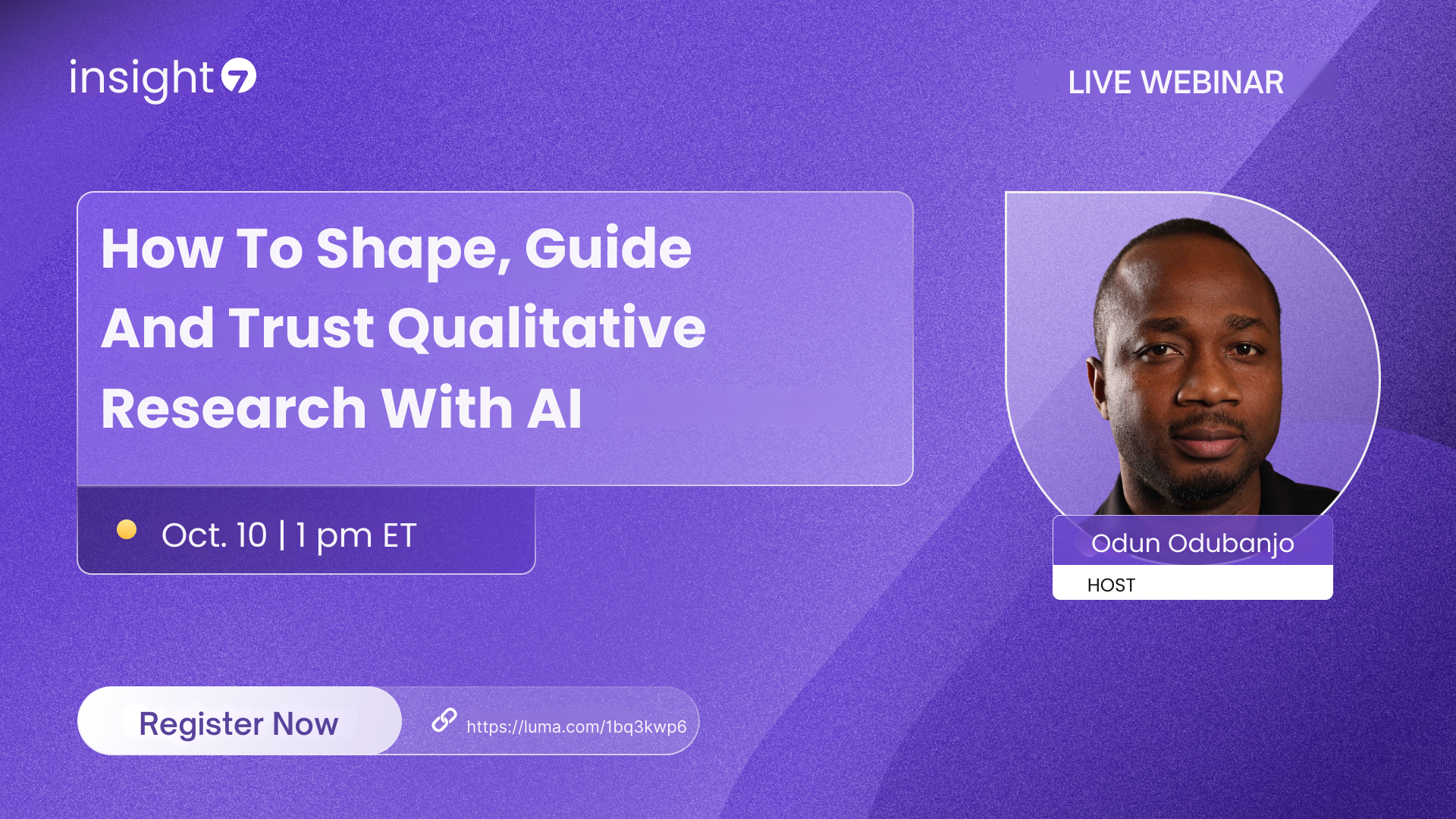Service Design in Service Marketing Explained
-
Bella Williams
- 10 min read
Customer-Centric Solutions are at the heart of effective service design. Understanding how to align services with customer needs is crucial for businesses aiming to enhance satisfaction and loyalty. As markets evolve, organizations must adapt their service offerings to better meet the unique demands of their customers. This requires a deeper comprehension of user experiences and pain points.
Service design focuses on creating seamless interactions that prioritize customer needs. By incorporating feedback and insights into the design process, businesses can develop solutions that resonate with their target audience. Ultimately, a customer-centric approach not only boosts business performance but also fosters stronger relationships with clients.
The Role of Service Design in Service Marketing
Service design plays a pivotal role in crafting customer-centric solutions within service marketing. By focusing on users' needs, businesses can create seamless interactions that enhance customer satisfaction and brand loyalty. A well-thought-out service design leads to better communication, streamlined processes, and a more engaging customer experience.
A customer-centric approach ensures services are tailored to the target audience. First, understanding customer pain points is crucial in service design; this insight allows marketers to address real needs. Second, mapping the customer journey can help identify touchpoints that require improvement or innovation. Finally, gathering and incorporating customer feedback enables businesses to continuously refine their services and adapt to trends. By prioritizing these elements, service design becomes a strategic asset in marketing, ensuring businesses remain relevant and responsive to customer expectations.
Designing Customer-Centric Solutions for Service Excellence
Designing customer-centric solutions is essential for achieving service excellence. To truly meet customer needs, it’s important to first identify their pain points. This involves gathering insights from customer interactions and analyzing their expectations. Engaging with customers through interviews and feedback sessions can reveal vital information that drives service innovation.
After assessing customer insights, organizations should prioritize creating tailored solutions that resonate with their target audience. This can be accomplished by integrating customer feedback directly into the design process. The solutions should be adaptable to evolving customer demands, ensuring a continuous improvement cycle. By fostering an environment where customer perspectives are valued, organizations can enhance service delivery and cultivate lasting relationships. Ultimately, this commitment to customer-centric solutions lays the foundation for long-term success in service marketing.
Enhancing Customer Experience through Thoughtful Service Design
Thoughtful service design focuses on creating customer-centric solutions that resonate with users at every touchpoint. By understanding customer needs and behaviors, businesses can craft experiences that feel seamless and engaging. This approach allows companies to differentiate themselves in a saturated market while building lasting relationships with customers.
To enhance customer experience, several key aspects should be considered:
User Research: Understanding the customer journey through deep insights gathered from user interactions is fundamental. Organizations can gain valuable perspectives to improve service delivery.
Personalization: Tailoring services to meet individual preferences fosters a stronger connection with customers. This can lead to increased satisfaction and loyalty.
Consistent Touchpoints: Every interaction should reflect the brand’s values and mission. Consistency helps reinforce trust and reliability.
By prioritizing these elements in service design, businesses can create meaningful experiences that drive customer loyalty and satisfaction in the long run.
Implementing Customer-Centric Solutions in Service Design
To successfully implement customer-centric solutions in service design, organizations must prioritize understanding their customers’ needs and preferences. This journey begins with gathering insights through direct customer interactions, such as interviews or surveys. By analyzing these insights, businesses can identify pain points and areas for improvement, ensuring that services are designed around the actual experiences of users.
Furthermore, creating a feedback loop is crucial for maintaining relevance. Businesses should regularly check in with customers to refine and adapt their offerings based on evolving expectations. This iterative process fosters a culture of continuous improvement and demonstrates a commitment to customer satisfaction. Ultimately, by embedding customer-centric solutions into the core of service design, organizations can enhance user experiences and drive greater loyalty.
Tools and Techniques for Effective Service Implementation
Effective service implementation relies heavily on utilizing tools and techniques that prioritize customer-centric solutions. These resources can range from training manuals to customer feedback systems and serve as the backbone of any service design strategy. Understanding customer needs through detailed market research allows businesses to tailor their offerings, resulting in a more fulfilling service experience. As organizations move forward, they must also ensure their teams are equipped with the right training and resources to execute these solutions effectively.
The journey to seamless service provision involves practical steps. First, conducting thorough user research is essential. This helps capture genuine customer insights that inform service development. Next, it is crucial to establish clear performance metrics that guide service delivery and assess training effectiveness. Finally, mobilizing customer feedback mechanisms enables businesses to refine their strategies continuously. In this dynamic environment, a commitment to improvement ensures service offerings remain aligned with customer expectations, thus enhancing overall satisfaction.
Case Studies: Successful Customer-Centric Service Models
Successful customer-centric service models illustrate how organizations can effectively improve their engagement through tailored experiences. A pivotal aspect involves understanding customer needs, which serves as the foundation for developing customer-centric solutions. These models showcase the importance of active listening and adaptation to client feedback, leading to enhanced satisfaction and loyalty.
One effective strategy involves integrating customer insights into service design. Organizations that prioritize real-time feedback mechanisms tend to innovate faster and create more relevant offerings. Moreover, empowering customer service representatives with contextual knowledge results in streamlined interactions and a more personalized touch. Lastly, utilizing data analytics to track customer behavior can help identify trends and areas for improvement, ultimately fostering a culture of continuous enhancement and alignment with customer expectations. These tactics not only drive customer success but also create lasting relationships built on trust and responsiveness.
Conclusion: Crafting Meaningful Experiences with Customer-Centric Solutions
Crafting meaningful experiences through customer-centric solutions is essential for any successful service design. By prioritizing the needs and preferences of customers, organizations foster deeper connections and enhance satisfaction. As they gather insights from customer interactions, they can identify pain points and streamline processes to better meet those needs.
Incorporating these solutions leads to a more engaging customer journey, ultimately driving loyalty and positive word-of-mouth. By embracing a focused approach, businesses can not only improve their service offerings but also create lasting impressions that resonate with customers. This commitment to understanding and enhancing experiences ensures a competitive edge in today's dynamic market.







